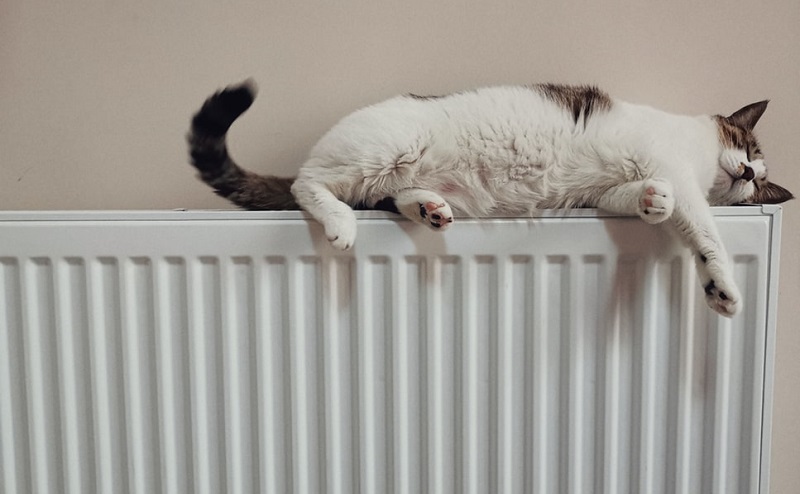How do you bleed a radiator?
Bleeding your radiators is incredibly useful for making them work effectively – and more efficiently – saving you money on your heating bills every month.
Before we tell you how to bleed your radiators, we thought it would be useful to briefly discuss how you can tell if you need to do it.

Signs your radiators need bleeding
The reason for bleeding your radiators is to release pockets of trapped air. When air bubbles get into your radiators it causes hot water to flow less easily, making it slower and more difficult to heat your radiators evenly.
If your radiators are doing any of the things below; then it’s most probably worth you bleeding them:
- Making gurgling noises when your heating’s turned on
- Taking ages to warm up
- Are half hot and half cold (usually cold at the top and warm at the bottom)
- Are staying cold
What you need to bleed your radiators
The good news is, you don’t need a whole raft of tools to bleed your radiators, but you will need something very specific – a radiator key.
Although you can use a screwdriver to bleed some modern radiators, as they have a new style of valve that can be turned with a flathead screwdriver, you need a radiator key to bleed most radiators. If you don’t have a key, they’re relatively easy to get hold off from DIY stores and don’t cost that much to buy either (around £1 to £3).
You’ll also need an old cloth and a bowl to catch any water that may come out of your radiators.
How do you bleed a radiator? Explained in 8 easy steps…
Bleeding your radiators involves letting air out of them, and this is how you do it:
- Turn on your heating – leave it on until your radiators reach their maximum heat.
- Check to see which radiators need bleeding – i.e. by running your hands along the surface and seeing which ones have any cold spots.
- Turn your heating off – make sure you do this at the boiler or on your thermostat, not by turning the individual radiator thermostats down.
- Wait for your radiators to cool down – this is really important, as you could be at risk of burning yourself on your radiators or with any water that may come out of them when you’re bleeding them.
- Locate the bleed valve on your radiator – which are usually at the top, on one of the ends (it looks like a round hole with a square inside it).
- Loosen the bleed screw – put your radiator key into the centre of the bleed valve and slow turn it anti-clockwise. It’s also handy for you to hold a cloth or bowl near the bottom of the valve to catch any water that may come out).
- Wait for the hissing to stop – the hissing is the sound of the air escaping. Once all of the air’s finished coming out, a steady stream of water will come out instead. Don’t let it spurt out, immediately close the valve.
- Close the valve – grab your valve key and turn the valve screw clockwise. (Tip – make sure you wipe away any drips of water on your radiator or pipework, as this may cause rusting).
Here’s a quick video showing the process in action:
Standard radiators take around 20 to 30 seconds to bleed. While it may be a relatively straightforward task to carry out, if you’re at all unsure, it’s best to leave it to a professional.









